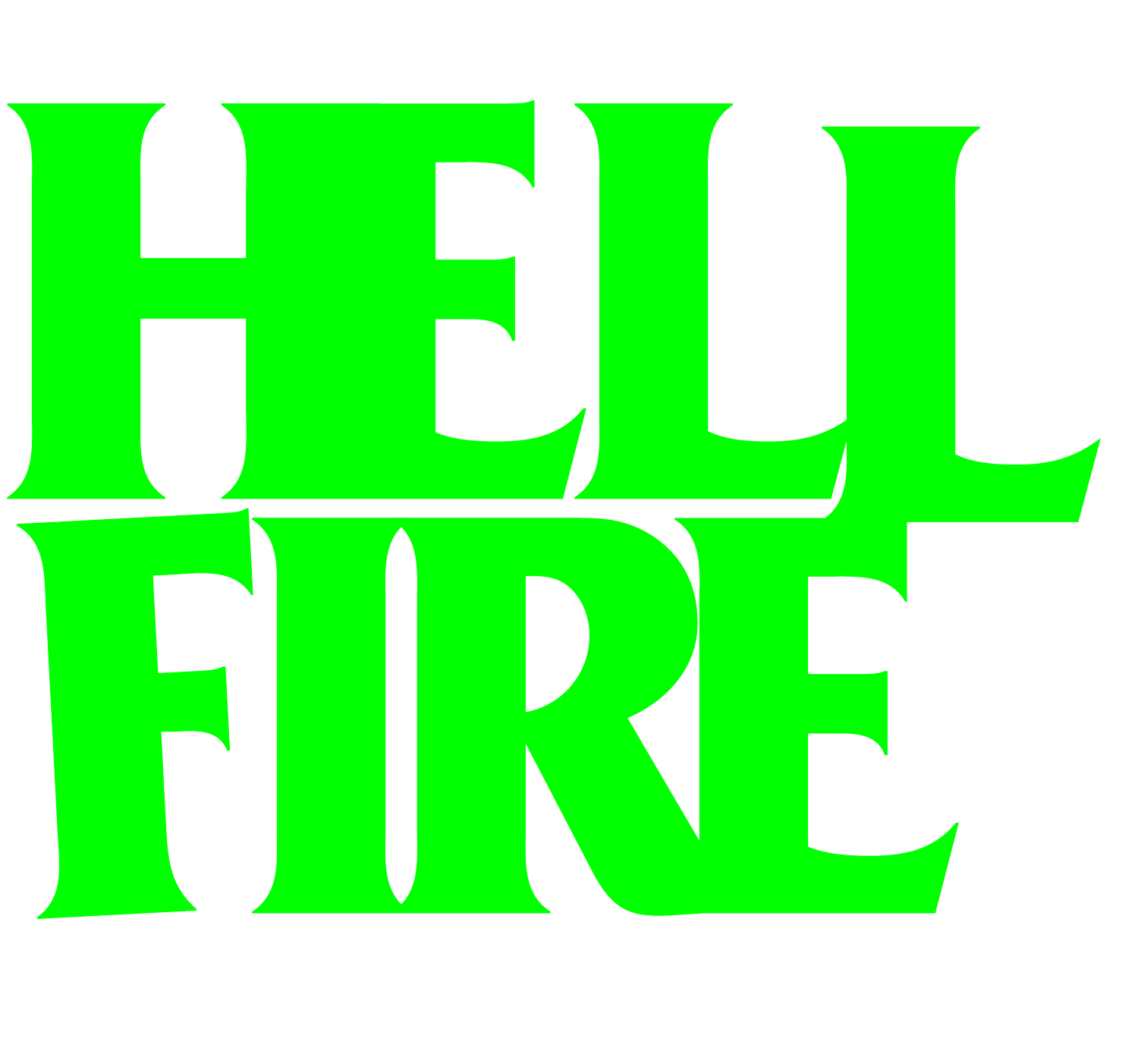THE IMPORTANCE OF SOUND DESIGN IN FILM AND VIDEO
Poor sound can completely sabotage what could have been an otherwise perfect video production. We rely entirely on sound to bring authenticity and emotion to a piece of footage, and getting it right can make or break the completed work. Today, I will discuss the importance of sound design and why overlooking it can prove dangerous when trying to produce a good-quality video.
Three types of sound make up the sound design for most film productions: human voices, music and sound effects. These are all crucial for a film to feel realistic for the audience. Sounds and dialogue must perfectly sync with the actions in a movie without delay and must sound the way they look. If a sound matches the action on screen, the act is more believable. It is challenging to follow a badly dubbed video, so most people prefer to watch foreign films with subtitles rather than hearing translations over the top of the original audio. Audiences really need help to maintain interest if the audio timings are out.
But it isn't just the human voices that need to be on point. Sound effects, and where you get them from, can dramatically improve or reduce a film's overall quality and believability. Using original sound clips rather than relying solely on sound libraries for sound effects is the best way to ensure authenticity and achieve the best results.
Adding asynchronous sound effects is another way of bringing more believability into a scene. These effects most often take the form of added background sounds. Although such sounds do not directly correlate to the action occurring in a scene, they can bring the film to life and help create a sense of authenticity. For example, including sounds typical to the film's location, such as traffic and people in a busy cityscape, or birdsong and wind in a rural area, can help to make the film's setting more realistic.
Music is an often overlooked aspect of sound design, especially amongst amateur filmmakers, but you only have to look at iconic films such as Jaws to see clearly just how important the soundtrack of a movie really is. The film score is arguably one of the most significant factors that helped create the success of Jaws. Play the music to a group of people, and most of them will be able to name the film straight away: more so than if you showed them a random image from the film itself ( unless, possibly, you picked one of a shark). Jaws relied on only two notes to create the audio motif that viewers came to fear as the next shark attack loomed, and it is instantly recognisable decades later.
Of course, Jaws is not the only movie that has become synonymous with its soundtrack. Look at Star Wars as another example of a film with an incredible score. Music can help create the right emotion for a scene, allowing audiences to connect with the characters without dialogue. It can set the right tone for the action ahead and dramatically affect how the audience views and responds to what they see.
It is also worth mentioning that it is more than just film and video that relies heavily on decent sound design. Let's remember video games and what an incredible impact sound can have on them. It is hard to imagine playing a game where characters merely move across the screen at your command, with no sound to indicate their actions. What if there were no sound effects during action sequences to demonstrate that a character is fighting as intensely as you are? How would you, as the gamer, identify with and commit yourself to a character, setting, and storyline if it did not feel realistic? Simply stated, you wouldn't. Audiences need sounds to make what they see appear natural. Just as films cannot be realistic without realistic sounds and dialogue, high-quality sounds ensure that gamers believe in a game's narrative and feel connected to what they are doing
In conclusion, I am going to make a bold statement; and that is, it's even more important to make sure that your sound design is perfect than even your visuals. There's so much that can be done to alter and enhance poor-quality visuals, to improve a piece of amateur footage. Sound design is so much harder to rescue if done poorly. In short, great audio makes for a great video. Contact me at Hellfire Creative today to discuss your sound design needs.

